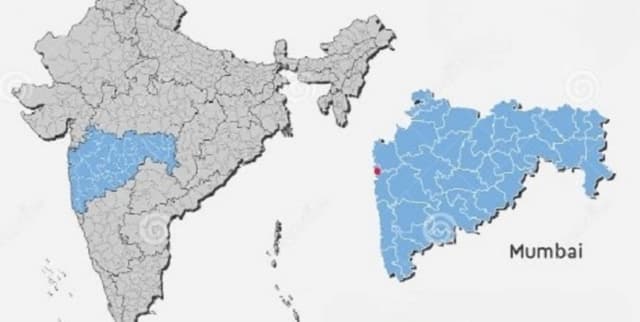MHA Demographic and Socio-Economic Metrics
Data Science and Analytics
Tags and Keywords
Trusted By




"No reviews yet"
Free
About
This collection provides detailed population census statistics for the State of Maharashtra, India. The state is India’s second-most populous region globally. The dataset offers granular demographic breakdowns for specific local administrative units, including districts, talukas, and towns/villages. The statistics are crucial for understanding population structure, literacy, household size, and workforce participation across three pivotal decades, sourced directly from the government of Maharashtra State.
Columns
- District: The name of the major administrative district.
- Taluka: The name of the sub-district administrative division.
- Town/Village: The name of the specific locality recorded.
- No. of households: The total count of residential units.
- Total population, Total male population, Total female population: Overall population figures broken down by gender.
- Total 0 to 6-year children, Male 0 to 6-year children, Female 0 to 6-year children: Counts of the child population (0-6 years), segmented by gender.
- Total SC population, Male SC population, Female SC population: Population counts for individuals belonging to Scheduled Caste (SC) groups, segmented by gender.
- Total ST population, Male ST population, Female ST population: Population counts for individuals belonging to Scheduled Tribes (ST) groups, segmented by gender.
- Total literates, Male literates, Female literates: Counts of literate individuals, segmented by gender.
- Total illiterates, Male illiterates, Female illiterates: Counts of individuals recorded as illiterate, segmented by gender.
- Total main workers, Male main workers, Female main workers: Counts relating to the primary workforce participants, segmented by gender.
- Total non-workers, Male non-workers, Female non-workers: Counts of individuals classified as non-working, segmented by gender.
Distribution
The dataset contains 29 columns and comprises approximately 1.32 Lac (132,000) records. Data is typically distributed in a structured format such as CSV. It is important to note that the data fields concerning illiterate populations (Total illiterates, Male illiterates, Female illiterates) currently show a notable percentage of missing values, impacting approximately 37% of the total records.
Usage
- Analyzing demographic and urbanisation trends in one of India's most populous states.
- Supporting academic research into population geography, literacy rates, and socio-economic indicators across different census periods.
- Informing regional development and resource allocation strategies based on household and worker distributions.
- Studying the population and socio-economic status of Scheduled Caste and Scheduled Tribe populations across different districts and sub-districts.
Coverage
The geographical scope focuses exclusively on the State of Maharashtra, India. The state is structurally divided into 36 districts, which are detailed in the data. The time range includes data points collected during three major Indian Census years: 1991, 2001, and 2011. Demographic detail extends to population totals, gender splits, child populations (0-6 years), literacy status, workforce participation (main workers and non-workers), and breakdowns for SC and ST groups.
License
CC0: Public Domain
Who Can Use It
- Public Policy Researchers: To assess the impact of decades of policy changes on literacy and workforce engagement.
- Urban Planners: To model population density and household growth in major towns and villages.
- Data Scientists: For training models that predict population migration or resource demand based on historical census figures.
- Social Scientists: To carry out comparative studies of population changes and social group representation between the census years of 1991, 2001, and 2011.
Dataset Name Suggestions
- Maharashtra Population Census 1991-2011
- India State Census Data (Maharashtra)
- MHA Demographic and Socio-Economic Metrics
- Maharashtra District Population Breakdown
Attributes
Original Data Source: MHA Demographic and Socio-Economic Metrics
Loading...
